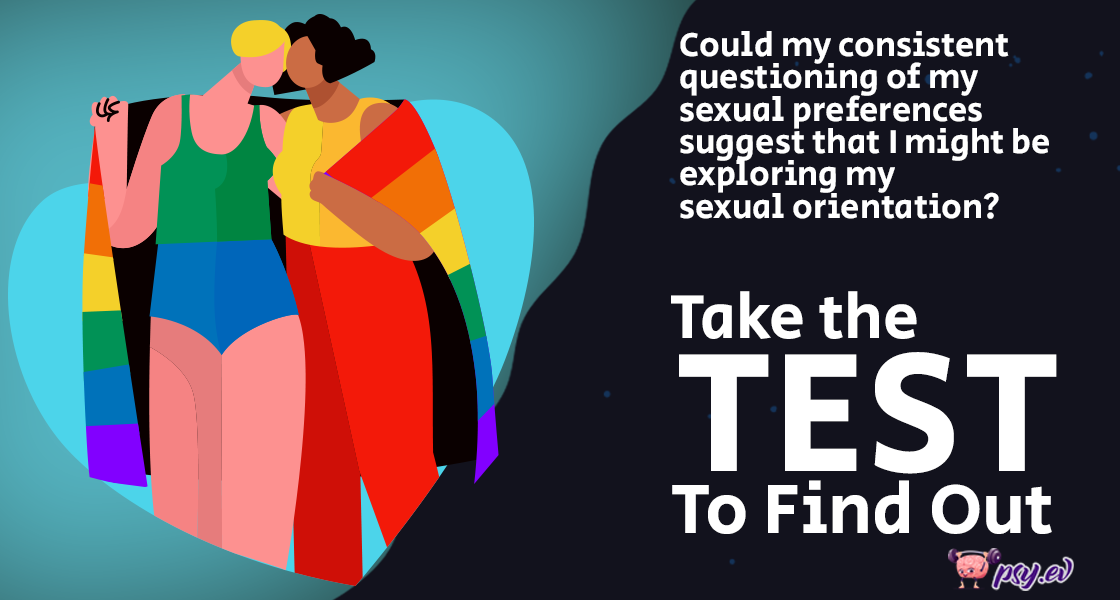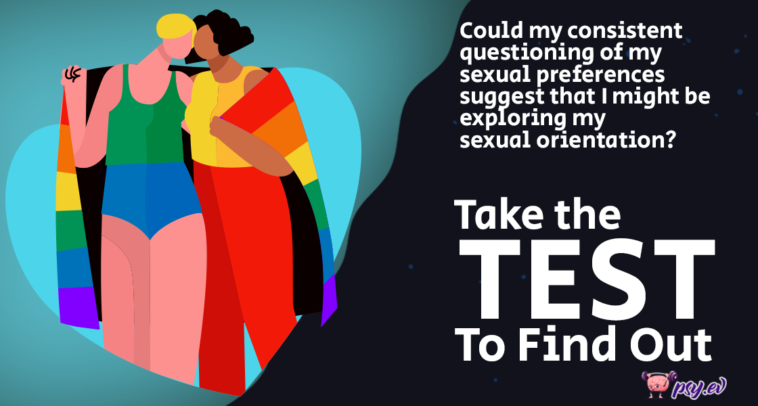Sexual orientation is different from gender identity. However, it defines who you’re attracted to based on your gender identity. Many individuals question their sexual orientation from time to time based on attraction to other people.
This orientation test is supposed to give you an idea about your preferences. You can further explore your sexual orientation yourself or with the help of a sex therapist who may provide guidelines on processing your feelings of attraction.
A Quick Lesson on Sexual Orientation
Sexual orientation is about who you’re attracted to. If you’re attracted to people of the opposite sex, you’re considered heterosexual. If you’re attracted to people of the same sex, you’re considered homosexual. Similarly, if you’re attracted to both male and female sexes, you’re bisexual. Lastly, a person with no preferences may be considered asexual.
Sexual orientation results from a combination of factors. Biological and hormonal factors are dominant, but emotional and environmental factors can also have an influence. Contrary to many misconceptions, homosexual or bisexual individuals’ sexuality isn’t a result of how they were raised or who they were exposed to.
For many individuals, identifying their sexual orientation isn’t difficult. However, it can be difficult for others to process the feelings of attraction, resulting in confusion or denial. And suppressing one’s true sexual identity can be a painful experience that limits their ability to form healthy romantic relationships and enjoy life.
While people can discover their true sexual orientation later in life, the general consensus is that sexual orientation can’t be changed.
Sexual orientation is also different from gender identity. Therefore, terms like non-binary, genderfluid, or transgender don’t define a person’s sexual orientation. For instance, a non-binary individual may only be attracted to one sex.
Many homosexual or bisexual individuals struggle to accept themselves and live in fear or denial. Many may even have a sexual orientation obsessive-compulsive disorder (OCD), which involves constant obsession over one’s sexual orientation. The sexual orientation OCD test can help confirm the symptoms.
What’s Next?
Your sexual orientation is an important part and aspect of who you are, and it can’t be changed. Finding your true sexual orientation can be a liberating experience but can also bring overwhelming feelings. If you live where being gay, lesbian, or bisexual is considered taboo, it’s understandable that you’d feel overwhelmed. Even if you reside in a country where homosexual or bisexual individuals don’t face discrimination, accepting your true self can be a big challenge. You’ll need the support of your friends and family. But you should only come out to your family and friends if you’re comfortable.
More importantly, if you find it hard to accept your sexuality, you might find it helpful to speak to a therapist, particularly one specializing in LGBTQ issues. A licensed therapist can discuss your feelings and help you understand what makes you uncomfortable with your sexuality. With time and therapy, you’ll learn to be kinder to yourself and accept yourself for who you are.
You can’t change your sexual orientation but can accept it and live a healthy, happy sex life. Whether you’re heterosexual, homosexual, or bisexual, embracing your sexuality and feeling confident in it can take time. Begin with the sexual orientation test and see which gender you get attracted to most.


